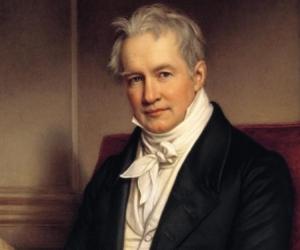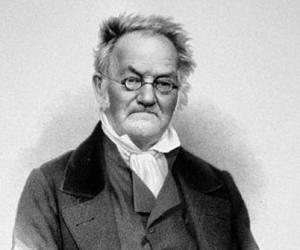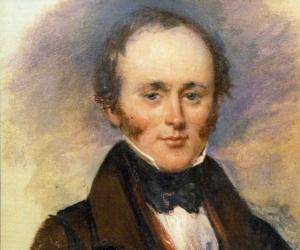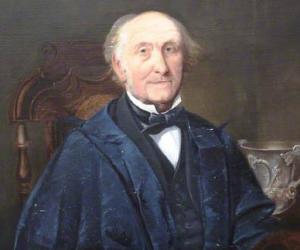As a child, Alexander von Humboldt was sickly and a bad student. After failing to shine in economics and engineering, he grew up to revolutionize the domain of geography. He is remembered for his research on magnetic storms and his treatise on nature, Kosmos. He also spoke about climate change.
Carl Ritter was a German geographer considered one of the founders of modern geography. He taught history at the University of Berlin and was one of the mentors of the explorer Heinrich Barth, who traveled in Northern and Western Africa. A prolific researcher and writer, Ritter produced a staggering amount of geographical literature in his lifetime.
Charles Lyell was a Scottish geologist best remembered for his work Principles of Geology, which explains the origin of the earth. He is also remembered for his pioneering explanation of climate change. A close friend of Charles Darwin, Charles Lyell is also credited with influencing many of Darwin's works pertaining to the theories of evolution.
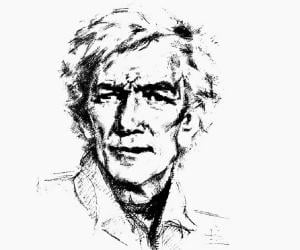
Eusebio Kino was a Tyrolean missionary, explorer, geographer, astronomer, and cartographer. Nicknamed Father Kino for his missionary work, Eusebio worked closely with the indigenous Native American people, including the Sobaipuri, Tohono O'Odham, and other Upper Piman populations, as part of his exploration. He also led an overland expedition in the Baja California Peninsula, proving that it is not an island.
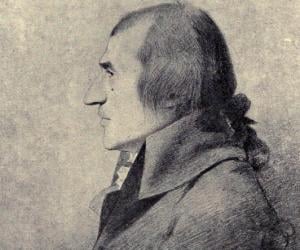
James Rennell was an English historian and geographer. A pioneer of oceanography, Rennell is often referred to as the Father of Oceanography. Rennell, who served as a Surveyor General of Bengal, India, is credited with producing some of the earliest accurate maps of Bengal. James Rennell is also credited with co-founding the Royal Geographical Society in London in 1830.
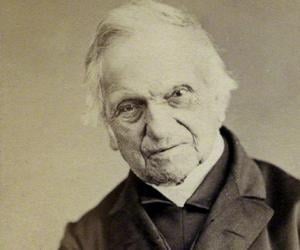
Adam Sedgwick was a British Anglican priest and geologist. He is credited with guiding and mentoring Charles Darwin during his early years. However, Sedgwick went on to oppose Darwin's theory of evolution. The world's oldest student-run geological society, The Sedgwick Club, was established in his honor in 1880.
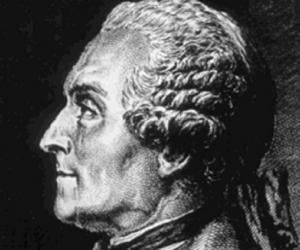
French naturalist, geographer, and mathematician Charles Marie de La Condamine is remembered for completing the first known scientific exploration of the Amazon region and also created the first map of the region. He was also part of an expedition that measured a latitude at the equator.
William Hopkins was an English geologist and mathematician. He is remembered for serving as a private tutor of prospective undergraduate Cambridge mathematicians, which earned him the nickname senior-wrangler maker. Hopkins also played first-class cricket and was associated with Cambridge University Cricket Club. He had an unfortunate end to his life as he spent his final years in a lunatic asylum.
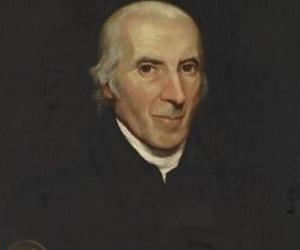
Jedidiah Morse was a geographer best remembered for his textbooks, which became primary study materials for students in the US. His textbooks earned him the nickname father of American geography. Jedidiah Morse also served as a teacher and pastor during his illustrious career.
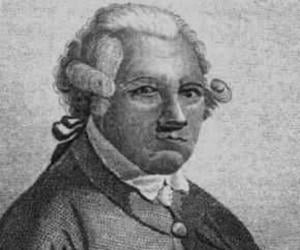
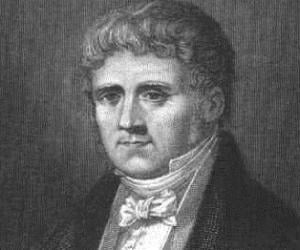
Conrad Malte-Brun was a Dano-French journalist and geographer. Malte-Brun is best remembered for coining the name Indo-China as well as the name Oceania, a geographic region that includes Melanesia, Micronesia, Australasia, and Polynesia, around 1812. Conrad Malte-Brun is also known as the father of Victor Adolphe Malte-Brun, who was also a famous geographer.
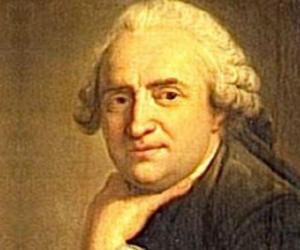
French cartographer and geographer Jean Baptiste Bourguignon d'Anville is remembered for developing the art of map-making. His first significant work was a map of China. He later drew maps of various regions, such as India, Italy, and Africa. He was also named the first geographer to the French king.
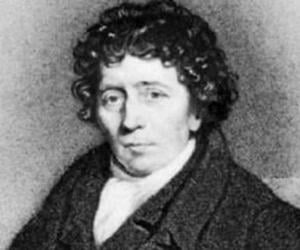
Aaron Arrowsmith was an English cartographer, publisher, and engraver. Aaron, who belonged to the famous Arrowsmith family of geographers, is best remembered for producing the maps of Scotland and North America, which are counted among his most celebrated productions.

French cartographer and geographer Philippe Buache significantly developed the field of physical geography. While he initially worked for his father-in-law, cartographer Guillaume Delisle, he later became the royal geographer. He also popularized the use of contour lines in relief maps and pioneered the division of the world into seas and river systems.
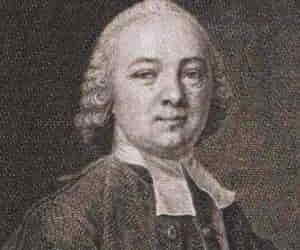
Best known for his seven-part magnum opus Erdbeschreibung, German geographer Anton Friedrich Büsching stressed on the statistical study of geography, as opposed to the traditional descriptive study. Ill-treated by his father in childhood, he was taught for free by a clergyman, and grew up to devote himself to geographical science.
